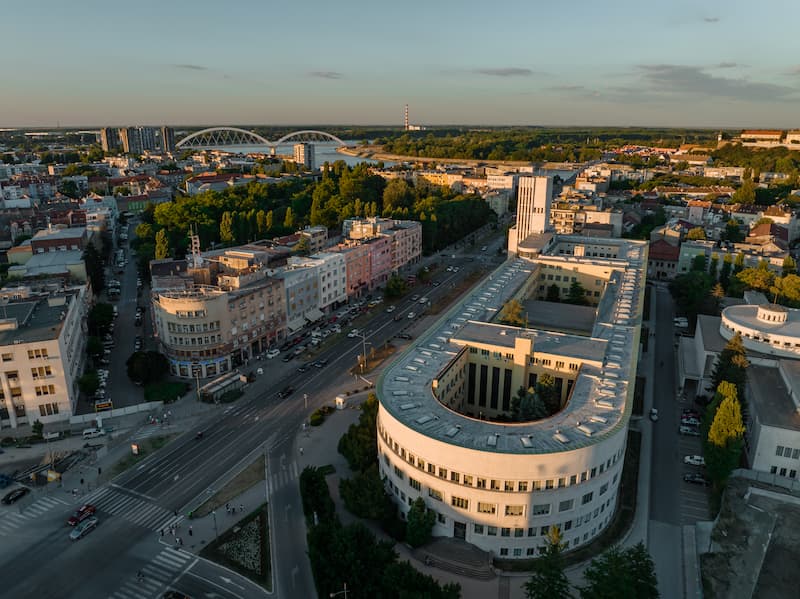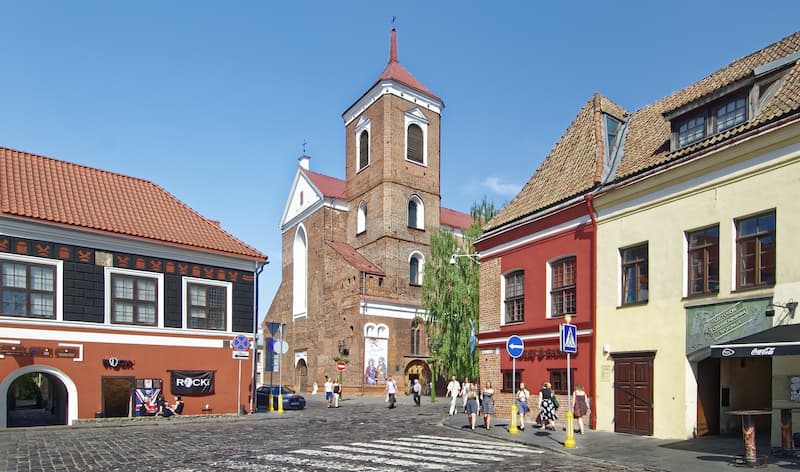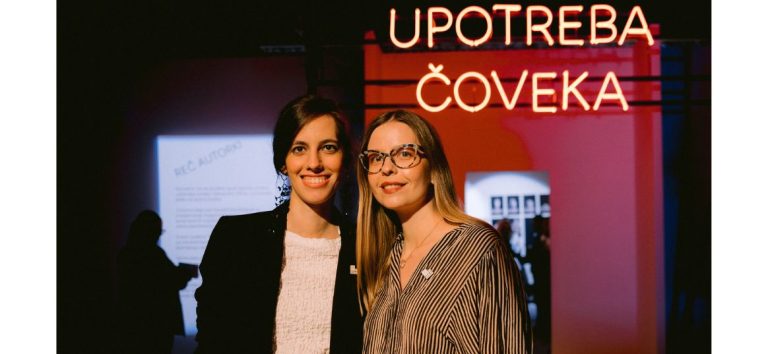The European Capital of Culture (ECOC) title year is slowly coming to an end, yet for Novi Sad it means a recapitulation of what the title has brought to the city, but also joy over what remains as a result of five years of preparations. From the moment when the European Commission awarded Novi Sad this prestigious title in 2016 until today, when Serbian Athens is successfully defending its title, a lot has changed in the cultural life of the people of Novi Sad.
The European Capital of Culture (ECOC) is one of the oldest and most prestigious projects of the European Union, created on the initiative of the former Greek Minister of Culture, Melina Mercouri, in 1985. The idea of the project is to highlight cities, which are mostly not capitals of states, through cultural events and other programmes, and in this manner improve their position in the form of tourism and cultural identity of the city. Candidate cities are obliged to submit their proposals and project implementation plans in the form of an application book six years before the official title year, while the European Commission makes a decision on which cities become European Capitals of Culture. Titleholders can also be several European cities during one year. Projects that are implemented should follow basic criteria such as fostering European values, affirming young artists, raising the city’s infrastructural capacity and modernizing the city’s cultural heritage.

Side by Side with European Metropolises
Novi Sad, under the slogan 4 New Bridges, which refers to this very significant part of Novi Sad’s identity and symbol of the city, began the implementation of the project in 2017, standing out in this initial phase in terms of the number of programmes that were implemented in each preparatory year. However, our city also stood out due to the fact that it is one of the few cities of the candidate countries for the European Union that took this prestigious title. The responsibility was, in a way, greater, as well as the desire of the project implementers to prove that Novi Sad can become the epicentre of European events and stand side by side with European metropolises. The success is reflected in the recognitions and awards that began to trickle down significantly from 2019, when, according to the reports of the European Commission, Novi Sad turned out to be one of the most successful European Capitals of Culture in the preparation phase, and then the prestigious Lonely Planet portal declared Novi Sad one of the top three world tourist destinations. Last year, when the city had already established itself as a capital of culture that follows and even exceeds European trends, award for the best European Trend Brand in culture arrived in Novi Sad, when Novi Sad won the competition with large European cities, and afterwards the Melina Mercouri Prize for the most successful implementation of the project.

Postponing the ECoC Title Year
However, we must also reflect at the time of the pandemic crisis that disrupted the whole world, and when cultural events suffered especially, including all the projects of the European Capitals of Culture. Thus, Novi Sad, originally declared the Capital of Culture for 2021, prepared to defend its title and implement the events, in accordance with other European Capitals of Culture (Greek Eleusis and Romanian Timişoara) that expressed their desire to move the title year, postponed the year of cultural triumph. During the pandemic, our city was the first in the region to find a way to still hold the events, through online screening, which proved to be a successful venture and aroused great interest from the audience. In addition to this kind of support for young artists, the project organizers also implemented volunteer actions that helped vulnerable age groups during the time of isolation.
Projects and Spaces – A Legacy to the City of Culture
So far, all the planned programme arches have been implemented – Doček, Migrations, Future of Europe, Heroines, Fortress of Peace, The Danube Sea, Kaleidoscope of Culture, Other? Europe, which thematized various problems of contemporary society, re-examined European values and managed to activate the Novi Sad audience to take the position of an important factor in creating the cultural identity of the city. Doček and Kaleidoscope of Culture are defined as legacy projects, the implementation of which will continue even after 2022. While Doček joins two New Year celebrations, according to the old and new calendar, with programmes throughout the city, the Kaleidoscope of Culture lasts for a month during which programmes from the five types of art alternate in five weeks. The title year was marked by, in addition to the already traditional performances at Doček and Korzo, classical music concerts under the open sky, imposing projects such as the Beethoven Marathon, when nine symphonies were performed in one day in front of the Novi Sad audience, as well as the first Vrdnik Vila Festival, which presented the concept of a family festival in nature, with all-day activities for all generations in the magical environment of Fruška Gora.

In addition to this, the city remains legacy spaces, which represent the largest infrastructural investment in culture in the entire country, in the last 50 years. The network of eight cultural stations, with the idea of decentralizing culture and moving events from the city centre, is so far a unique example in this part of Europe. Eight new and renovated spaces have become small centres of events in certain parts of the city and its surroundings – Svilara, Egység , Barka, Mlin, Rumenka, Bukovac, Liman and Caravan, bringing culture everywhere and to everyone.

Kaunas and Esch as the Other Two ECoC cities
In addition to Novi Sad, this year’s titleholders are Kaunas from Lithuania and Esch from Luxembourg. Lithuania’s Capital of Culture and former state capital has long been in the shadow of Vilnius, so this year’s events have helped Kaunas reassert itself both locally and internationally. The city, just like Novi Sad, is adorned with a wealth of diversity, turbulent history and political turmoil, therefore the leitmotif of Kaunas is the creation of a new myth about the city, while the main programme is spread over three weekends during the year. The mascot of the city becomes a monster that woke up at the beginning of the title year and has the role of a herald of the new Lithuanian narrative about the city and its people. Namely, it seems that Kaunas is still burdened by the horrors of World War II, the Soviet occupation, the Holocaust and other historical chapters, which is why the programme’s organizers wish the city to become modern, open and symbolically free from all socio-historical traumas. The rich history is reflected in the first Lithuanian university that was opened in Kaunas, the first membership in the Hanseatic League and other facts that left their mark on the development of the city, which are now being redefined and gaining new significance.

This year’s second European Capital of Culture is Luxembourg’s Esch, which under the Remix Culture slogan presents its city and country from the perspective of the development of cultural, industrial and social life in the period from the emergence of heavy industry to the digital era. Esch is said to be the most picturesque representative of the meeting of past and future in one territory, and this is supported by the fact that over 120 different nationalities live here, which also gives us room for a connection with Novi Sad and the multiculturalism that characterizes it, which as the European Capital Culture is especially cherished. What makes Esch specific compared to other capitals of culture is that the implementation covers the entire region, not just this city, as many as 11 surrounding municipalities and 8 French ones. Therefore, the programme thematically follows everything that connects these different places.
If you cannot visit some of the other European epicentres of cultural events, you can explore the numerous events that await us during the current programme arch, Other? Europe, which thematizes and highlights marginalized, alternative, subcultural groups of creators and the same expressions in art. Events are, as in previous years, all around us, so it remains to see what awaits us in the coming year, which is getting closer, as well as to make sure that culture in Novi Sad really remains a way of life even after this important title.
Author: Leona Pap
Photo: Filip Petronijević







